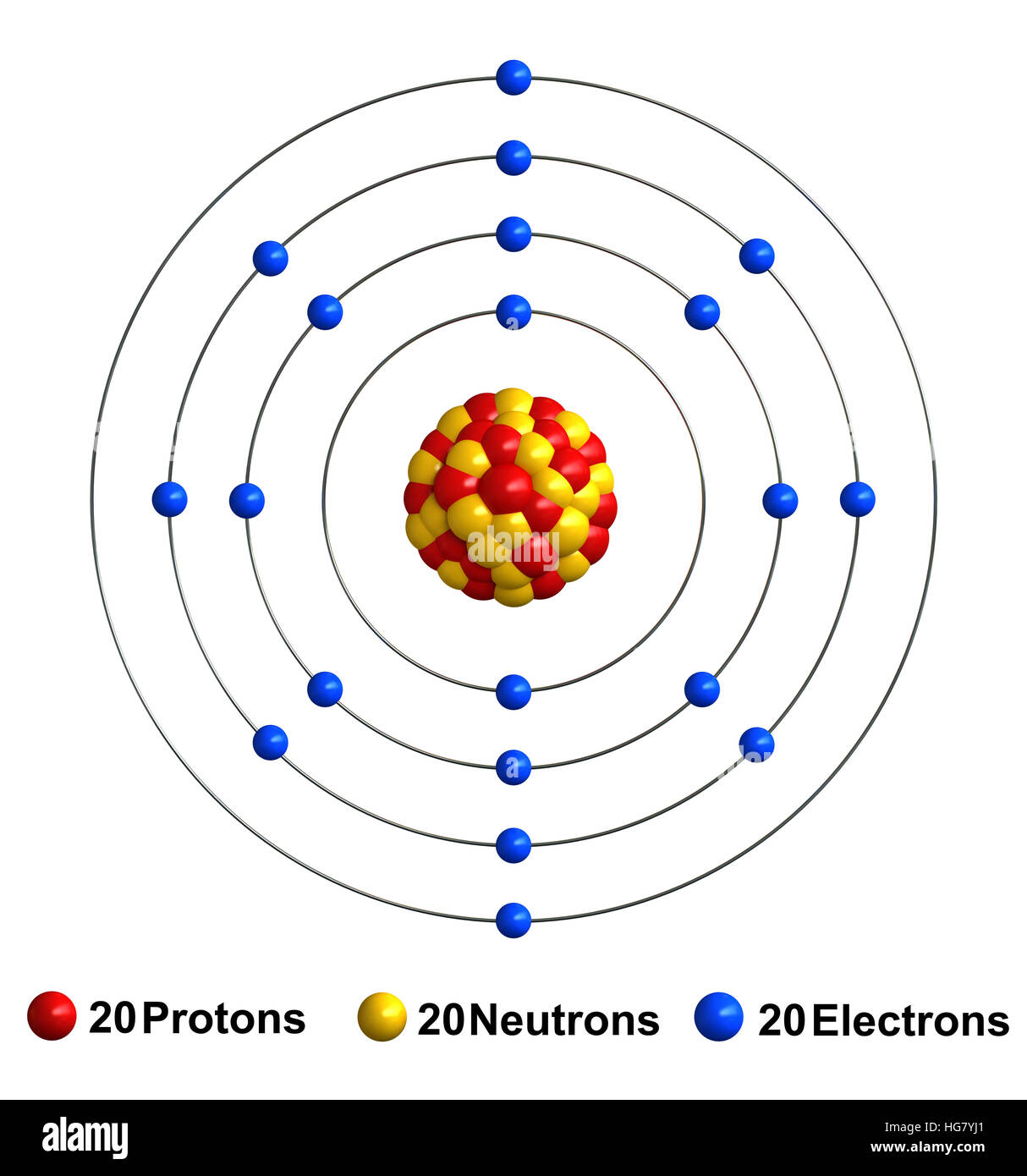
Another way of saying that is that they must add up to zero.Ĥ. We must have the same number of positive charges as we do of negative charges. If the answer is no then we ask how many of each ion must we have in order to balance charge. You ask yourself do the total positive charge and total negative charge add up to zero. Balance the total positive and negative charge on the cation and anion. (Generally ends with -ate or -ite, watch out for hydroxide OH- and cyanide CN-)ģ. Silver is 1+, Zinc is 2+ and Aluminum is 3+ Transition elements (have a few charges) will have a Roman Numeral to tell you what positive charge to use. Identify the valence or charge of each symbol and place it in parenthesis just above the symbolĪll Group 1 elements in the Periodic Table are +1 in compounds.Īll Group 2 elements in the Periodic Table are +2 in compounds. Identify the symbol of the cation (first part of the name) and the anion J.The procedure that can be followed when confronted with the name of a compound and you wish to write its formula is as follows: Symposium on the Switching Theory in Harvard University, pp. Bartky, "A theory of asynchronous circuits", Int. Breadley, "ILLIAC II - A short description and annotated bibliography", IEEE Transactions on Electronic Computers, vol. 66, Digital Computer Laboratory, University of Illinois at Urbana-Champaign, 1955. Technical Report, CS Department, University of Newcastle upon Tyne, October 2001. Yakovlev, Asynchronous circuit synthesis by direct mapping: Interfacing to environment. Rozenblyum, "Functional completeness in the class of semimodular circuits," Soviet Journal of Computer and Systems Sciences, vol. Fomin, "H flip-flop", Patent RU2371842, Oct. Varshavsky, "Threshold element and method of designing the same," Patent US6338157, Jan. Varshavsky, "β-driven threshold elements", IEEE Great Lakes Symposium on VLSI 1998, pp. Tsirlin, "H flip-flop", USSR author's certificate SU1562964, Jul. Marakhovsky, Logic design of asynchronous circuits. van Berkel, "Beware the isochronic fork", Report UR 003/91, Philips Research Laboratories, 1991. Sutherland, "Micropipelines", Communications of the ACM, vol. Other technologies suitable for realizing asynchronous primitives including C-element, are: carbon nanotubes, single-electron tunneling devices, quantum dots, and molecular nanotechnology. Yet another semistatic circuit using pass transistors (actually MUX 2:1) has been proposed. Its fast transistor-level implementation is used in the semistatic C-element proposed. However, even without such a splitting two ternary majority functions are suitable for building a ternary inclusive OR gate.īoth the Maevsky and Tsirlin circuits are based actually on so-called David cell. Truth table and delay assumptions įor two input signals the C-element is defined by the equation y n = x 1 x 2 + ( x 1 + x 2 ) y n − 1 is not split into pairs. Earlier techniques for implementing the C-element include Schmitt trigger, Eccles-Jordan flip-flop and last moving point flip-flop. In some cases, when relations between delays are known, the C-element can be realized as a sum-of-product (SOP) circuit. The C-element is closely related to the rendezvous and join elements, where an input is not allowed to change twice in succession. In terms of the theory of lattices, the C-element is a semimodular distributive circuit, whose operation in time is described by a Hasse diagram. Muller and first used in ILLIAC II computer.


It was specified formally in 1955 by David E. It outputs 0 when all inputs are 0, it outputs 1 when all inputs are 1, and it retains its output state otherwise. In digital computing, the Muller C-element ( C-gate, hysteresis flip-flop, coincident flip-flop, or two-hand safety circuit) is a small binary logic circuit widely used in design of asynchronous circuits and systems. David cell (a) and its fast implementations: gate-level (b) and transistor-level (c)


 0 kommentar(er)
0 kommentar(er)
